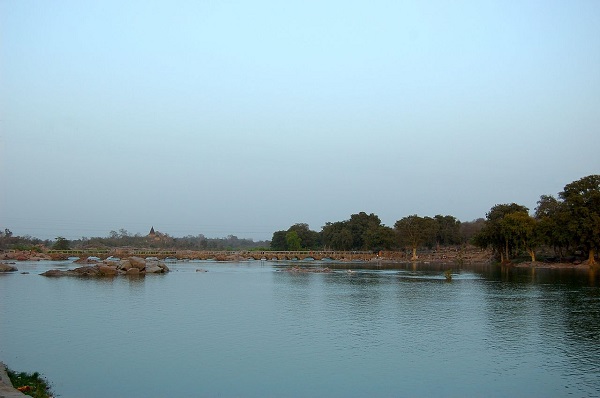New Delhi, (Asian independent) Admitting that Ken Betwa Link Project will have negative impacts on three key species — tiger, vulture and gharial — the Integrated Landscape Management Plan for Greater Panna Landscape released on Thursday has proposed multiple prescriptive steps for conservation of these species along with community management.
The Ken-Betwa Link Project was approved by the Centre in December 2021 for implementation following the signing of an agreement on March 22, 2021 between the Union Minister of Jal Shakti and the Chief Ministers of Madhya Pradesh and Uttar Pradesh in the presence of Prime Minister Narendra Modi.
This is the first major centrally driven river inter-linking project in the country. The Integrated Landscape Management Plan for Greater Panna Landscape has been prepared by the Wildlife Institute of India (WII). The plan period has been identified for 10 years from 2022-23 to 2032-33.
“Despite its noble intentions and much-needed expected outcomes, Ken Betwa Link Project will have negative impacts on three key species i.e. tiger, vulture and gharial. These concerns include disrupting connectivity, submerging nesting habitat and reducing flow requirements respectively for these species,” the Plan document admitted upfront.
For the tigers, the Plan identified 28 habitat cores and 67 potential corridor links and said, there are around 60 tigers in the Panna Tiger Reserve (PTR) with overall population growth rate of about 27 per cent with an annual growth rate of 31 per cent. A total of 37 adults /sub-adults have dispersed in the landscape between 2013 and 2021, it said, adding, “Over 60 per cent of PTR is suitable for tigers and there are still unoccupied areas. Carrying capacity of tigers in PTR can be around 130 individuals.”
The Plan document has suggested 21 prescription steps including continuous camera-trap monitoring systems (CCMS); Crime Detection and Alert Systems (CDAS); Genetic Management; Diversion of Road Traffic volume, Strategic Fencing and Alert Systems, and Recognition and Protection of Important Tiger Habitats (satellite cores, stepping stones and corridors), among others.
For the vultures, the Plan said, there are seven vulture species present in the PTR and the landscape. PTR accounts for 34 per cent of the total population of vultures in Greater Panna Landscape (GPL) and accounts for 14 per cent of highly suitable cliff-nesting habitats in the GPL.
Vultures use the entire landscape for feeding, the Plan said and suggested 19 prescription steps for conservation including Fencing of Carcass dump sites, establishment of electronic surveillance system, demographic and genetic structure profiling, disease surveillance and monitoring, among others.
Highlighting the low population size of gharials in Ken River, the Plan said muggers are relatively abundant in PTR and Ken Gharial Sanctuary – 38-62 individuals. It mentioned the restocking efforts ongoing since 1983 wherein 167 individuals have been released in the 13 sq kms suitable habitat of gharials.
The Plan document suggested 14 prescription steps including protection of crocodile priority and restricted zones; protection and co-management of river habitats; population estimation and monitoring, and management of artificial sandbanks.
With a proposed total budget of Rs 1,012.44 crore, the Plan also suggested steps for biodiversity conservation, community engagements and integrated management.
The implementation strategies include Special Purpose Vehicle called as Greater Panna Landscape Council (GPLC) that will comprise Union Ministries of Environment, Forest and Climate Change & Jal Shakti and state governments of Madhya Pradesh and Uttar Pradesh.








